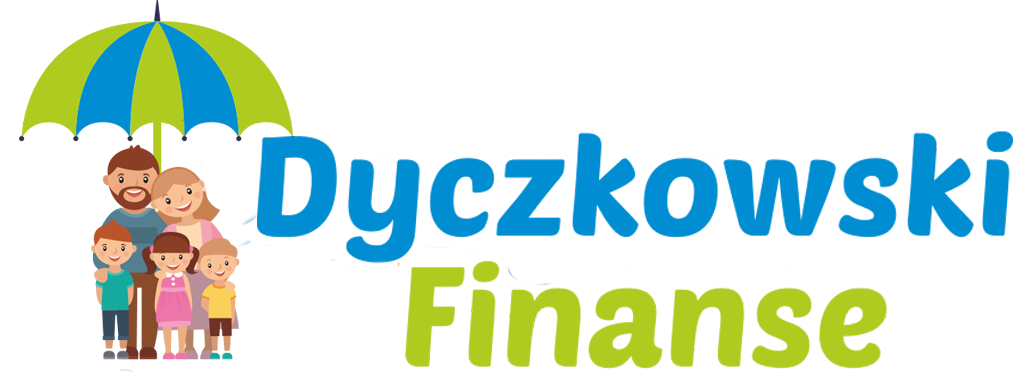Free software refers to computer programs that are free for download, as opposed to paid, proprietary (commercial) software. The Free Software Foundation defines “free software” as “open source software that can be modified, used and shared without restriction.” Examples of free software include the Linux kernel and BSD operating systems and the GNU Compiler Collection and C library as well as the MySQL relational database server as well as the Sendmail mail transport agent as well as the Blender 3D computer graphics software; and the Replicant smartphone OS.
It’s important to note that it is illegal to download paid software free without buying it first and is referred to as piratery and deprives the creator of income and could cause the software to fail or cease to be supported in the future. Downloading pirated software from non-official sources may result in malware and virus infections.
TechSpot Downloads updates every day with hundreds of new programs across categories such as productivity, communication, security and gaming. It also comes with a manual that will help users avoid potentially harmful downloads, and also to discover alternatives.
FileHippo is another well-known website with a wide selection of programs in use, broken down into categories like Windows and Mac software, Android apps, and web-based apps. The pages for each app includes brief but informative descriptions written by actual users to give you an idea of what the app performs and what benefits it has before deciding to install it.
FileHippo might request that you install a different program prior to the one you want. However, it is easily identifiable and simple to bypass. It doesn’t also promote fraudulent software. Also, it has vast back catalogs of the older versions of many programs, which is nice to have if you’ve older applications that require upgrading or you’re concerned about stability issues with the latest version.
http://www.isohuntpro.org/which-electronic-data-room-is-right-for-your-real-estate-business

